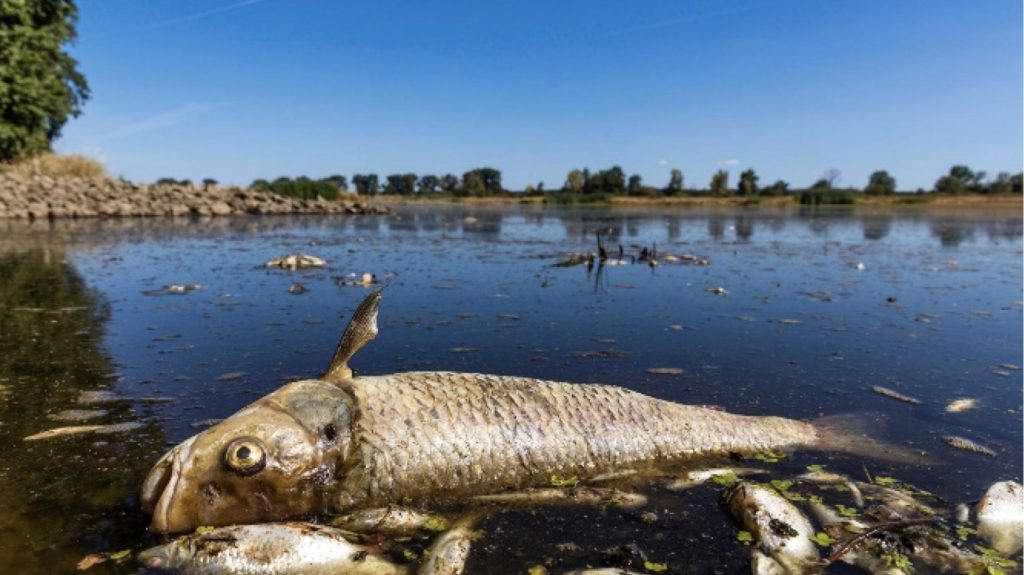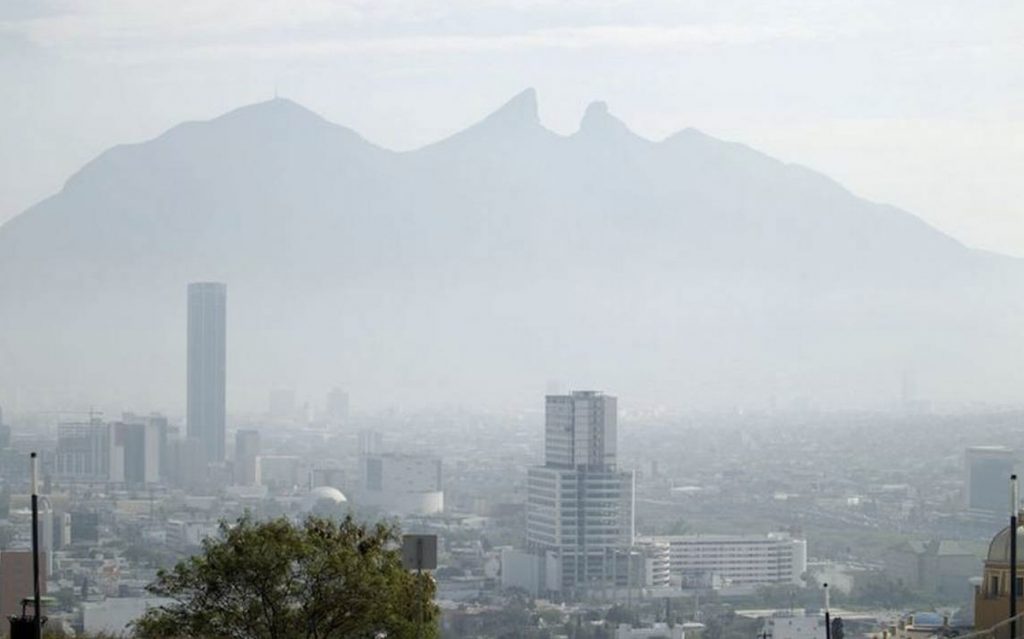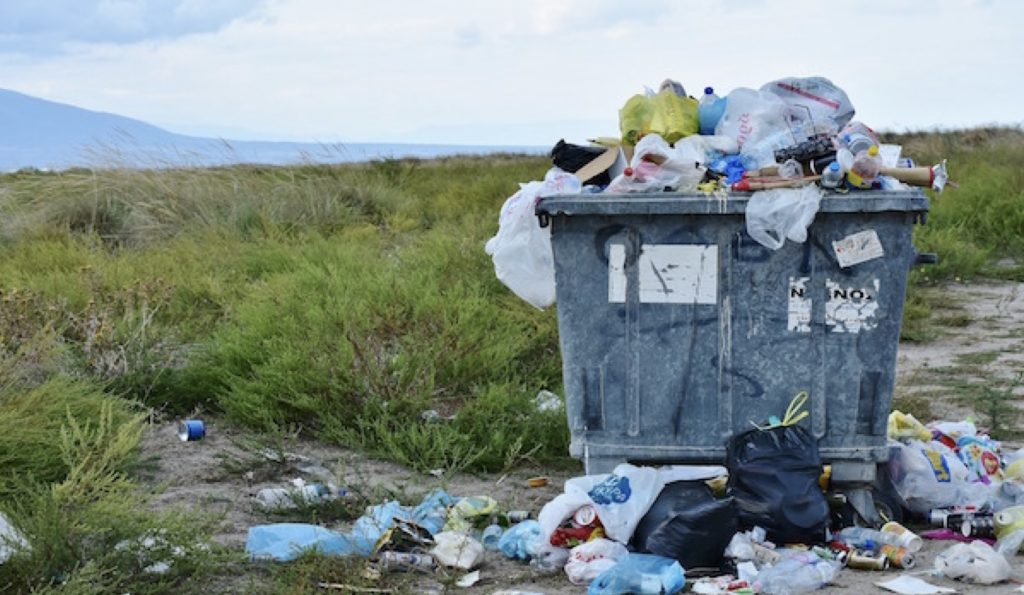
UNIVERSIDAD AUTÓNOMA DE NUEVO LEÓN
SECRETARÍA DE SUSTENTABILIDAD
Environmental pollution a growing crisis

The environment is the set of physical, chemical and biological factors with which living beings interact. And one of the main problems facing the environment today is pollution caused by the presence of harmful substances, organisms or forms of energy that are difficult to assimilate or degrade in a given environment, causing it to become unsafe and dangerous.

Polluting agents have two origins: the first is due to natural causes such as volcanic eruptions, tsunamis or earthquakes, while the second is anthropogenic, that is, a product of human activity, and this is the one that is considered the most serious. According to their origin, pollutants are classified into three types: chemicals, which are toxic substances that come from industry; physical agents, the result of activities carried out by humanity, and biological agents, which are derived from organic waste.
The types of pollution that most affect the environment are described below:
- Water pollution
It occurs due to changes in physical, biological or chemical parameters that cause the quality of water to decrease, putting the lives of the beings that inhabit aquatic ecosystems at risk or causing some type of damage when consumed.
The main factors that cause this type of pollution are; sewage landfills, oil spills, poor management of solid waste and chemical contaminants, among others. According to the United Nations, more than 80% of the wastewater generated in the world reaches the seas and oceans.


- Air pollution
It is caused by particles and gases that are suspended in the air, which can damage the health, flora and fauna of ecosystems.
The main factors that cause this type of pollution are: the burning of fossil fuels (coal, oil and gas), the combustion of tropical forests, the increase in greenhouse gas emissions, the combustion of fuel (vehicles and means of transport). transportation), among others.
- Soil pollution
It refers to the alteration of the soil due to the presence of chemical substances produced by humans, as well as the loss of its properties.
The main factors that cause this type of pollution are: mining, inadequate management of waste and discharges, felling of trees, unsustainable agricultural activities, as well as inadequate management of the territory, among others.

Environmental pollution in the world is in a critical situation, causing a loss of biodiversity, climate change, excessive waste generation, deterioration of air quality, water security crisis, health problems, among others. Therefore, it is necessary to address these aspects to improve the quality of life and establish a balance with the ecosystem. According to the World Health Organization, a large part of people live in spaces where there is environmental contamination, generating a risk to their health, as well as to animals and ecosystems.
One of the strategies to protect the environment is pollution control, which is based on two principles: the first is to identify the capacity to assimilate emissions that have no effects on the environment and human health; The second is the control principle that is aimed at measuring the form, duration and speed of the pollutant in the environment.
Among the actions that we can take at an individual level to address this environmental problem are avoiding the burning of waste, preferring sustainable mobility options, making appropriate use of pesticides and insecticides, avoiding the introduction of exotic species to natural ecosystems, carry out adequate waste management, take care of water, promote urban reforestation, reduce the use of single-use plastics, among others.
We find ourselves at a moment in history when we must rethink our relationship with the environment, seeking to move towards a less polluting world in favor of life and new generations.
References:
Albert, L. (Sin información). Contaminación ambiental. Origen, clases, fuentes y efectos. https://dsp.facmed.unam.mx/wp-content/uploads/2022/02/Contaminacion-ambiental-origen-clases-fuentes-y-efectos.pdf
Araujo, G. (Sin información). Cuidando tu salud. Contaminación ambiental y sus efectos sobre la salud. Instituto Nacional de Salud Pública. https://www.insp.mx/images/stories/INSP/Docs/cts/101208_cs1.pdf
Cámara de Diputados del H. Congreso de la Unión. (2015). Ley general del equilibrio ecológico y la protección al ambiente. https://biblioteca.semarnat.gob.mx/janium/Documentos/Ciga/agenda/DOFsr/148.pdf
Consejo de Nuevo León. (2021). Vive Nuevo León, crisis ambiental que condiciona su desarrollo sostenible. Consejo de Nuevo León. https://conl.mx/noticias/102
Fundación AQUAE. (2021). ¿Qué es la contaminación ambiental? Fundación AQUAE. https://www.fundacionaquae.org/wiki/causas-contaminacion-ambiental/#%C2%BFQue_es_la_contaminacion_ambiental
Gobierno del estado de México. (2024). Contaminación del Medio Ambiente. Estado de México. https://edomex.gob.mx/medio_ambiente_2021
Pacheco, M. (2005). El ambiente, más allá de la naturaleza. Elementos: Ciencia y cultura, 12 (57). Pp. 29-33.
Piegel, J. y Maystre, L. (Sin información). Control de la Contaminación Ambiental. Enciclopedia de Salud y Seguridad en el Trabajo.
Serrato, A. (2023). Congreso del Estado de Nuevo León. LXXVI Legislatura. https://www.hcnl.gob.mx/trabajo_legislativo/iniciativas/pdf/LXXVI-2023-EXP17041_VP.pdf